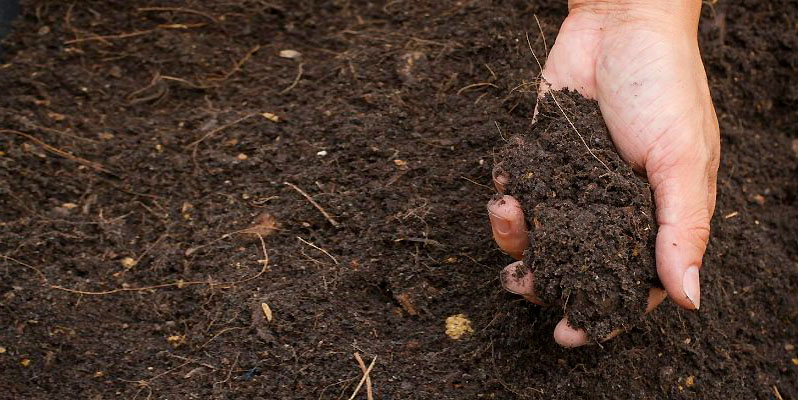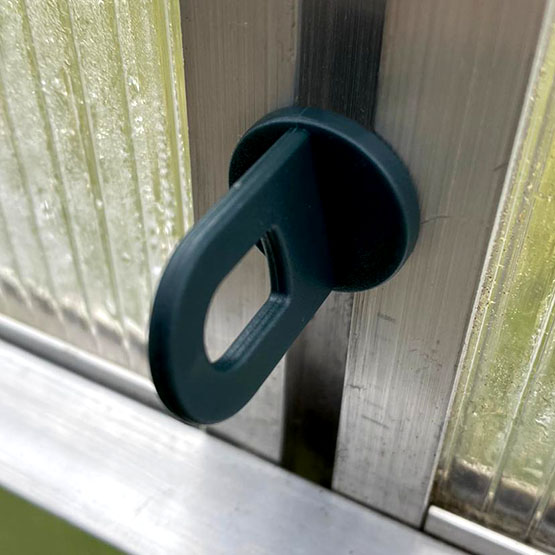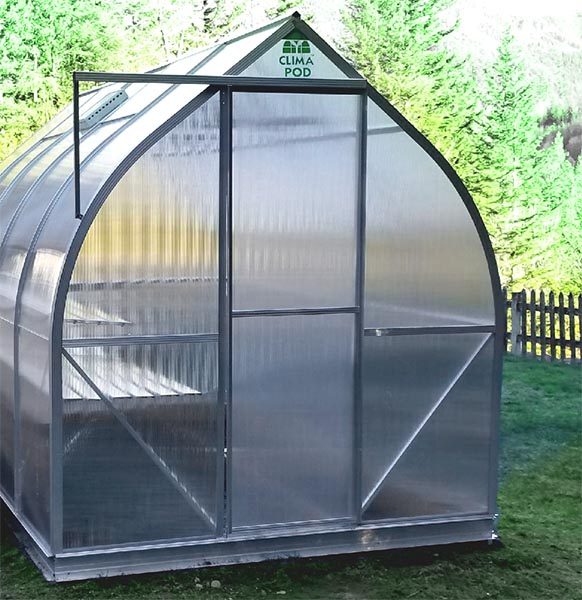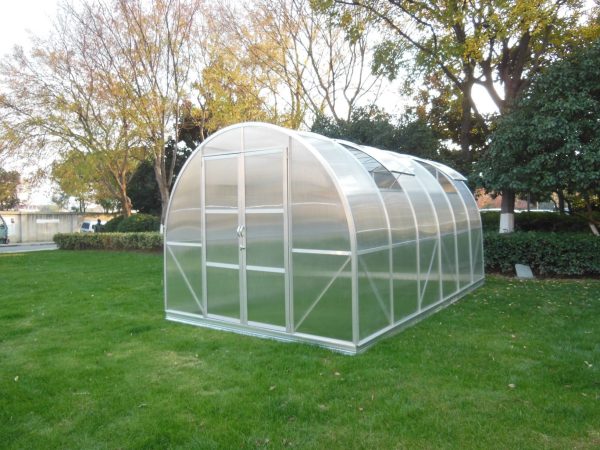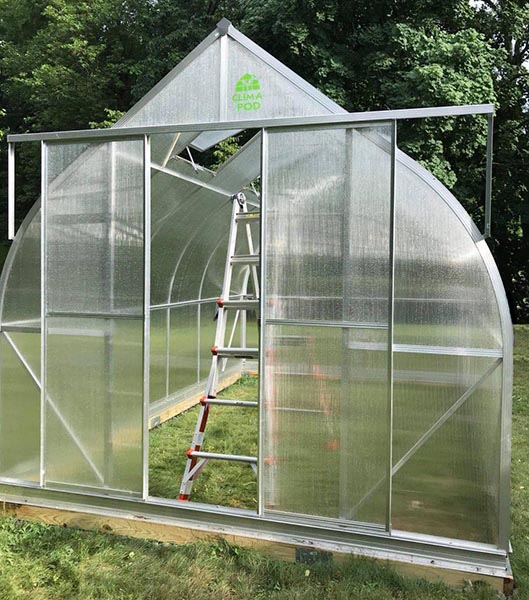“There is no bad soil, there are bad owners.” This is how our ancestors have long argued, trying to get abundant harvests on infertile garden soil.
If you have recently decided to grow, then you still probably do not know what type of soil prevails in your garden. How do you know – are you lucky, and all crops will grow without any extra effort on your part, or will you have to replace and endlessly fertilize the fertile layer in order to achieve at least a minimal yield? Usually land plots are evaluated from two positions:
- a general assessment of the geographical position, topographic features of the area and the flora prevailing on it;
- soil factors: composition, acidity and groundwater level. In the article, we will pay attention to the second position and learn how to improve the soil on the site.
How to determine the mechanical composition of the soil
If you often took clods of earth from different places in your hand, you noticed that the soil has different density, friability, moisture, stickiness, ability to hold its shape, etc. The composition and “character” of the soil largely depends on the ratio of sand, clay, silt, dust and small stones in it. This is called the mechanical composition of the soil. To determine it, you do not need to use any sophisticated equipment or contact the laboratory for analysis. All it takes is to follow a few simple steps:
- Take a handful of earth.
- Moisten it with a little water.
- Knead with your hands until the dough is thick.
- Blind a ball no larger than a walnut.
- If you succeeded in completing the previous paragraph, roll out a “sausage” from it.
- Roll it into a ring.
- Compare the result with the data in the table.
|
Result |
Soil Type |
Soil characteristics |
| The ball does not roll down | Sandy loam (sandy soil) | Light in mechanical composition, well passes air and water, but contains few nutrients and dries quickly |
| The ball rolls, but the “sausage” falls apart when rolling | Light loam (loamy soil with a high sand content) | Medium texture, moderate water permeability and is considered the most suitable for growing most crops |
| The ball rolls, it turns out to form a stable “sausage”, but it falls apart when twisted into a ring | Medium loam (loamy soil with medium addition of sand)
|
|
| The ball rolls, the “sausage” is formed, but when folded, the ring is cracked | Heavy loam (loamy soil dominated by clay)
|
Heavy in mechanical composition, moisture accumulates in the upper layer and does not reach deeper layers, a dense crust forms on the surface, which does not allow air to pass through |
| The ball and “sausage” are easily formed and do not lose shape | Clay |
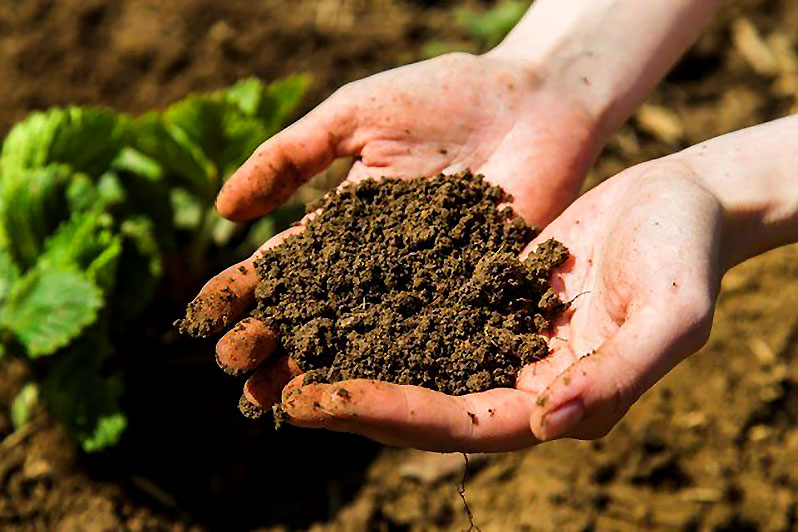
You are lucky if loamy soil prevails in your beds. This type of soil requires minimal intervention, has good air and moisture capacity, and is also easy to crush. You will not need to dig it up often, you only need to fertilize it periodically. Loamy soil is suitable for all kinds of plants. But the owners of sandy or clay soils need to work on improving them, and we will tell you how to do this.
Sandy soil
Sandy soils predominate in many areas. They have good water permeability, i.e. they quickly pass moisture through themselves, but almost do not retain it. In spring, such soils warm up quickly, which makes it possible to grow vegetables of early varieties. However, sandy soil dries out faster and contributes to the rapid decomposition of humus, which negatively affects fertility.
How to improve sandy soil in your garden
If sandy soils prevail in your garden, then you better be prepared for the fact that they will need to be constantly looked after:
- you should dig them up only once a year in the fall, so as not to disturb the already unstable structure of sandy soils;
- watering the sandy loam should be frequent and little by little, regularly wetting the root layer;
- sandy soils need a huge amount of organic fertilizers – up to 700 kg per 1 weave. Give preference to manure or compost with a high content of peat and manure;
- use green manures such as peas, lupins, beans, and sweet peas. After the growth of the green mass (before flowering), you should mow green manure plants and bury them in the soil in the beds, as well as in tree trunks.
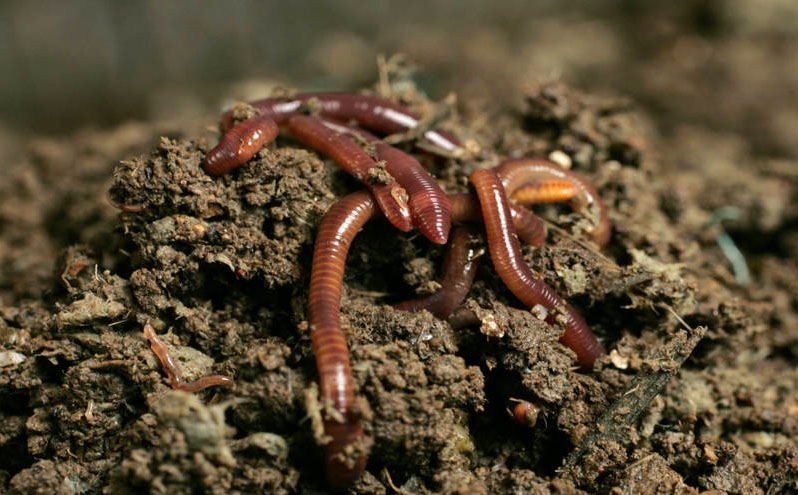
What fertilizers are suitable for sandy soils
To grow cultivated plants, use nitrogen and potassium fertilizers (in spring) and phosphate rock (in autumn), planting them to a depth of 20-25 cm. Apply them no more than once a year. Magnesium is usually deficient in sandy loams. You can make up for its deficiency if you add dolomite flour (200-400 g per 1 sq.m).
A more radical method is the “transformation” of the soil and its transformation into loamy or sandy loam. You should replace the top layer with clay, black soil or soddy soil of river floodplains (up to 50 kg per sq.m) for this.
Clay soil
You are not very lucky with the quality of the soil if the beds are dominated by heavy and unsuitable clays for growing. Such soils are wet and cold; in the spring they thaw and warm up worse. Precipitation and melting snow almost do not penetrate into the lower layers, stagnating on the surface in the form of puddles. As a result, the roots do not receive oxygen and die.
With deep digging of such areas, heavy loam gets to the surface. If this coincides with prolonged rains, it will be very difficult for plants to get oxygen and moisture from the upper layers of the soil. It is also impossible to cultivate wet soil – this will only eliminate voids and compact it. It is better to take care of the organization of the drain.
How to improve clay soil
Clay soil is very difficult to modify, and the main measures are as follows:
- add washed or river sand to the soil at the rate of 15-30 kg per 1 sq.m. Also improve the composition of clay soil manure, peat, compost, humus at the rate of 800 kg per 1 weave (frequency of application – 1 time in five years). For heavy loams, up to 300 kg of fertilizers are required annually;
- the most effective top dressings are granular superphosphate and potash fertilizers. You can also apply other fertilizers 2 times a year – ash in the fall, and any nitrogen compounds in the spring. Fertilizers close up to a depth of 10-15 cm;
- carry out liming at the rate of 400-600 g per 1 sq.m no more than 1 time per year.

Plant starvation – signs of micronutrient deficiency
It is not always possible to conduct a detailed analysis of the state of the soil, but often the plants themselves suggest what they lack. Signs of a lack of macro- and microelements are reflected primarily in the appearance of plants.
- Lack of nitrogen. Leaves turn pale green and stunted.
- Phosphorus starvation is manifested in the shrinking of flowers and shortening of the stems. The leaves turn purple-red or purple and soon fall off.
- A lack of potassium leads to the “burning out” of the leaves, their lightening, then to the death of the edges and the stiffness of the shoots.
- Lack of copper causes leaf chlorosis, tillering of shoots (their formation near the ground in large numbers), the death of shoots and reduced fruiting.
- Boron deficiency in the soil manifests itself as follows: young leaves turn pale; internodes become shortened; and the apical bud and roots gradually die off.
Note! Plants do best in sandy and loamy soils. However, even these types of soil need fertilization.
Garden soil acidity – what to look for
The mechanical composition of the soil is an important, but not the only characteristic of the soil. The reaction of the soil environment, or the level of acidity, also affects the growth and yield of country crops. Soils are acidic, neutral and alkaline. You can determine the level of soil acidity using test kits, which consist of indicator sticks that measure the reaction of the soil environment.
Note! The optimal soil for most cultivated plants has a neutral reaction with a pH level of 6.5-7.
Adjust acidity if the pH is below 5 (acidic soil) or above 7.5 (alkaline soil). On soils with such indicators, plants develop poorly, their immunity is weakened, the root system often gets sick and dries out, and diseases and pests attack plants with a vengeance.
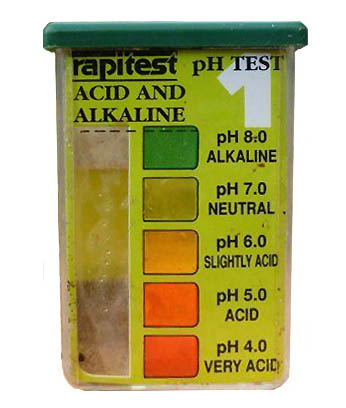
To neutralize acidic soil use:
- a piece of chalk;
- lime;
- dolomite flour;
- ordinary ash.
Gypsum is used to eliminate the alkaline environment.
Note! The application rates of substances range from 100 to 300 g per 1 sq.m, depending on the pH values.
Apply a soil neutralizer in the fall or spring when digging up the soil. At the same time, you should remove all vegetation from the surface. Spread the substance in a thin layer over the surface and dig it up, closing it to a depth of 25-30 cm. After that, the soil reaction changes and reaches the desired level within 4-5 years.
What is the use of green manure
One of the universal ways to increase soil fertility is the use of green manure. The benefits of green fertilizers are as follows:
- they are environmentally friendly and unpretentious to the growing conditions;
- green manure contribute to the flow of nutrients from the lower layers of the soil to the upper;
- additionally loosen the soil;
- inhibit the development of pathogenic microorganisms;
- prevent the growth of weeds.
The most common and effective green manure:
- peas;
- mustard;
- buckwheat;
- sweet clover;
- clover;
- lupine;
- alfalfa;
- oats;
- rape;
- radish;
- rye.
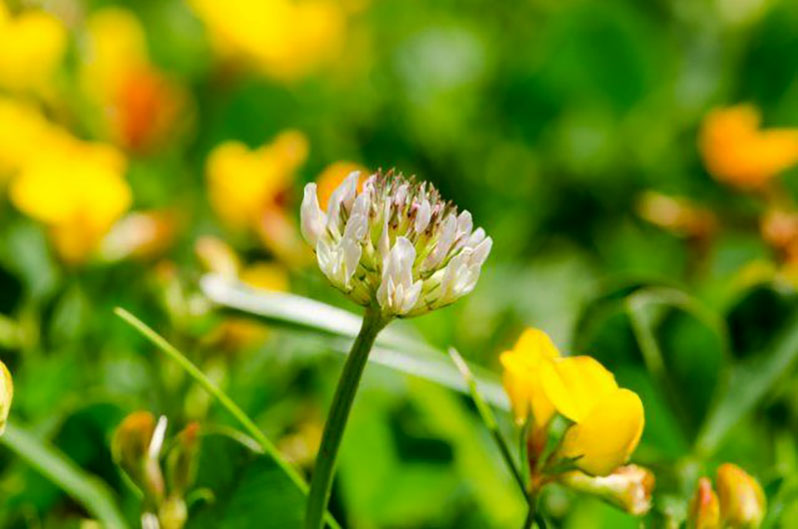
Grow green manure from early spring to late autumn in pre-designated beds or scatter among vegetables and herbs. In the spring, the beds are sown with green manure before the main crops are planted. Growing up, they shade young shoots from the scorching sun, and then serve as mulch and environmentally friendly fertilizer. In summer, green manure is sown on vacated beds, and in autumn or early winter, winter rye and oats are sown. In the spring they are plowed into the soil 3-4 weeks before planting the main cultivated plants.
Loosening the garden soil is the final stage of all work
After completion of all activities, the soil must be loosened. This simple agricultural technique provides air access to the roots of plants, promotes the penetration of moisture into the soil, normalizes the temperature regime of the soil and accelerates the decomposition of nutrients in it and their conversion into a form that is easily digestible for plants.
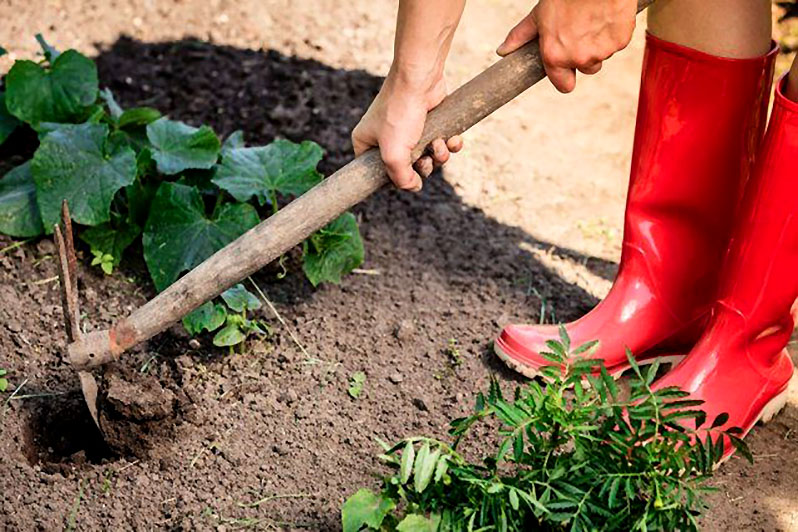
Loosen with a pitchfork or cultivator to a depth of 25 cm, and during the season renew the surface layer several times to a depth of 10-15 cm. After heavy rain or stagnant water, destroy the crust formed on the surface. By the way, loosening is especially effective during prolonged drought, since then the moisture “stuck” in the lower layers of the soil evaporates and simultaneously saturates the roots with moisture.
To maintain the fertility of the soil in your garden or your greenhouse, you should follow a few simple recommendations, monitor the physical characteristics and acidity of the soil, and respond to the “SOS” signals sent by plants in a timely manner.

